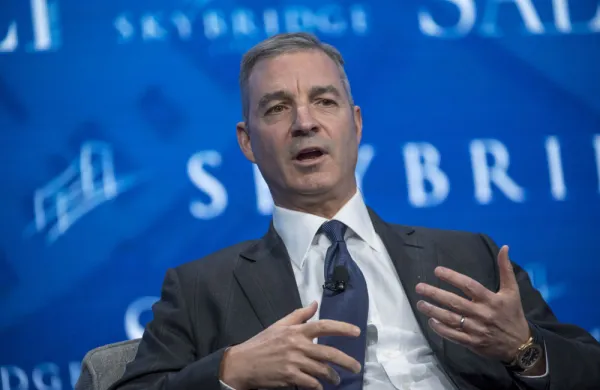< The 2015 All-America Research Team

Joshua Stirling
Sanford C.
Bernstein & Co.
First-Place Appearances: 2
Total Appearances: 3
Analyst Debut: 2013
Sanford C. Bernstein & Co.’s Joshua Stirling repeats in first place. “His background in the industry gives him an interesting perspective,” remarks one admirer of the Boston-based analyst, who worked at three insurance firms before launching his career in equity research five years ago. For the year to date through mid-September, U.S. nonlife insurance shares slipped 5.1 percent, compared with the broad market’s 4.9 percent loss. Stirling, 37, reports that although pricing power in property/casualty products for individuals is rising, that personal lines cycle is no longer a tailwind for the group at large. As a result, commercial carriers and reinsurers are “turning to restructuring and consolidation as a way to play defense and drive efficiencies to offset the pressure on margins from this difficult market,” he explains. Stirling’s favored names include the nation’s leading pure-play personal lines carriers: Allstate Corp. of Northbrook, Illinois; and Mayfield Village, Ohio–headquartered Progressive Corp. Allstate offers “a simple, mean-reverting margin recovery story,” he says, as the company raises pricing in auto insurance to offset increasing claims frequency. Progressive should deliver accelerating topline growth over the coming year as it enters the home market and deploys its advantage in telematics to sell more auto insurance policies, the researcher forecasts. Finally, he is sticking with his outperform rating on New York’s American International Group, which Stirling dubs “a long-term turnaround.” Operational initiatives will drive continued margin expansion, he projects, and “substantial excess capital” will lead to continued buybacks that benefit the stock. AIG’s shares — which he tags with a $65 target — paced the sector by 8.9 percentage points during the 12 months through mid-September, climbing 3.8 percent, to $57.78.





